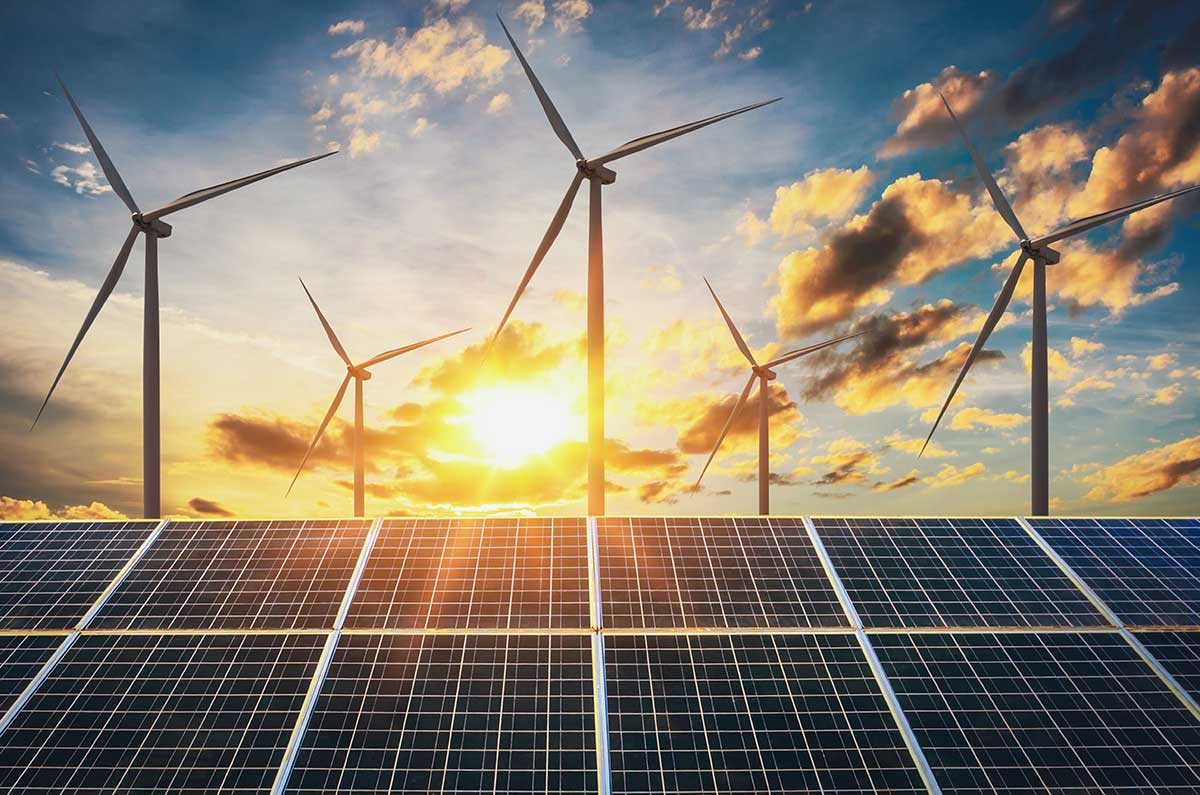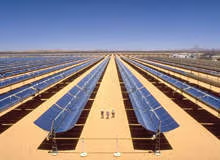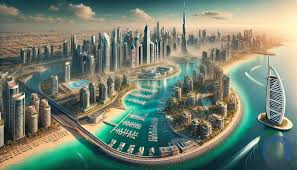Now Reading: GCC Countries Race to Lead Global Solar Power in 2025
-
01
GCC Countries Race to Lead Global Solar Power in 2025
GCC Countries Race to Lead Global Solar Power in 2025

Table of Contents
The Gulf Cooperation Council (GCC) countries are entering a new era of clean energy as they rapidly expand their investments in solar power. By 2025, the region is expected to see a major rise in solar energy production, with several large-scale projects either under construction or nearing completion. The GCC—which includes Saudi Arabia, the United Arab Emirates (UAE), Qatar, Kuwait, Bahrain, and Oman—is aiming to reduce its reliance on fossil fuels and shift toward sustainable energy solutions.
Why Solar Energy Matters in the GCC

The GCC region is blessed with one of the highest solar irradiance levels in the world. This makes it an ideal location for solar power generation. For decades, however, oil and gas dominated the energy sector in the Middle East. But with global climate commitments, falling solar technology costs, and rising electricity demands, GCC nations are now accelerating their green transition.
In 2025, solar energy will play a central role in the GCC’s renewable energy mix. From floating solar farms to desert mega-projects, solar is powering a new vision for economic and environmental sustainability.
Top Solar Projects to Watch in 2025
Let’s look at some of the most important solar projects planned or progressing in the GCC that are set to make an impact by 2025.
🇸🇦 Saudi Arabia: Neom and Sudair Lead the Way
Saudi Arabia, the largest economy in the GCC, is going big on solar. Under its Vision 2030 initiative, the Kingdom is pushing to generate 50% of its electricity from renewable sources by 2030.
🇦🇪 United Arab Emirates: Dubai and Abu Dhabi Expand Solar Reach
The UAE has been a pioneer in renewable energy in the region. The Mohammed bin Rashid Al Maktoum Solar Park in Dubai is a global icon of solar energy.
- Mohammed bin Rashid Al Maktoum Solar Park – Phase 6: Scheduled to be completed in 2025, this phase will add 1,800 MW, increasing the total capacity of the park to 5,000 MW. It aims to supply clean power to 1.3 million homes.
- Al Dhafra Solar Project (Abu Dhabi): This 2 GW project is among the world’s lowest-cost solar ventures and will be fully operational in 2025. It is expected to reduce CO₂ emissions by 2.4 million tons annually.
🇴🇲 Oman: From Oil to Solar
Oman is moving strategically to diversify its energy sources. With a long-term goal of achieving 30% renewable energy in electricity generation by 2030, Oman’s 2025 solar efforts are worth noting.
- Ibri II Solar Power Plant: Already operational since late 2021, the Ibri II plant will be expanded by 2025 to increase its capacity from 500 MW to over 1 GW.
- Green Hydrogen & Solar in Duqm: The Duqm area is being developed as a green energy hub. In 2025, Oman will start construction of one of the largest solar-to-hydrogen plants, with strong international investment backing.
🇶🇦 Qatar: Building on World Cup Momentum
After hosting the FIFA World Cup 2022 with a focus on sustainability, Qatar is increasing its solar capacity.
- Al Kharsaah Solar Power Plant: This 800 MW solar farm, Qatar’s first utility-scale project, became fully operational in 2023. Plans are in place to double its capacity by 2025, helping Qatar meet its target of 20% renewable energy in its energy mix.
🇰🇼 Kuwait: Shagaya Leads the Charge
Kuwait aims to generate 15% of its electricity from renewables by 2030. Its biggest project:
- Shagaya Renewable Energy Park: Already housing multiple renewable installations, the next phase of this complex will add 2 GW of solar capacity by 2025, helping reduce pressure on Kuwait’s oil-heavy grid.
🇧🇭 Bahrain: Small but Ambitious
Though smaller in size and resources, Bahrain has announced its plan to install 250 MW of solar capacity by 2025. This includes rooftop solar initiatives for government buildings, carports, and industrial facilities.
Investment and International Partnerships
The growth of solar in the GCC is supported by massive foreign direct investment, public-private partnerships, and government subsidies. Major global players like ACWA Power, Masdar, TotalEnergies, EDF, and Jinko Solar are involved in several of these mega projects.
The falling cost of photovoltaic (PV) panels and advanced battery storage systems is also making solar a more financially attractive option than traditional fossil fuel plants.
Climate Goals and Vision for the Future
All GCC countries are signatories to the Paris Agreement and are committed to reducing greenhouse gas emissions. The switch to solar is a key part of their Nationally Determined Contributions (NDCs). Solar energy also supports their ambitions to become carbon-neutral economies in the next few decades.
In 2025, the region will not only produce more solar power but will also export its expertise and equipment, especially in solar panel manufacturing and grid integration technologies.
Challenges and What’s Next

Despite the progress, some challenges remain:
- Grid integration of variable solar energy
- Dust and heat reducing panel efficiency
- Regulatory hurdles in some member countries
- Need for advanced battery storage and smart grids
But the direction is clear: solar energy is no longer an experiment in the GCC. It is becoming a central pillar of future energy planning.
Conclusion
The year 2025 marks a major turning point for solar power in the GCC. With billions of dollars in investments, bold national strategies, and growing public-private partnerships, the sun is truly rising on the Middle East’s clean energy future. From the deserts of Saudi Arabia to the smart cities of the UAE, the solar revolution is underway—and the world is watching.
Read More:- Deyaar’s Latest Announcement Shakes Up the UAE Property Market





















